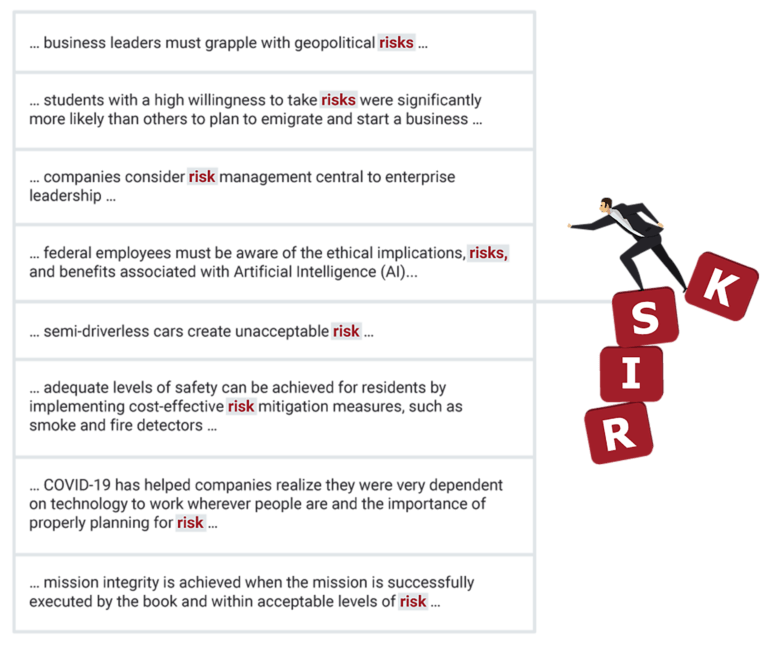Risk is present in every aspect of our life, from mundane everyday activities such as choosing a route to work, to complex corporate decisions such as opening a manufacturing plant in a different country. Much effort was put over the past decades to better understand risk and its nature, which led to the creation of methodologies and approaches that enable individuals and organizations to make accurate decisions based on logical reasoning. One of the most distinguished frameworks to address risk is provided by ISO 31000, an international standard that incorporates principles, proven practices, and guidelines on managing risks faced by organizations.
What is ISO 31000?
ISO 31000 is an international standard that provides guidelines on managing any type of risk in any business activity. The standard provides guidelines on principles, risk management framework, and application of the risk management process. ISO 31000 is applicable to organizations of all types and sizes who seek to integrate risk management into business functions. It covers the risk management principles which are the foundation for managing risk, and guides organizations in developing a risk management framework by:
Why is ISO 31000 important for organizations?
Organizations performing in any industry in any place are constantly exposed to risks. Managing these risks based on the principles, framework, and process outlined in ISO 31000 provides a level of assurance that allows organizations to succeed and thrive in an environment of constant change. The implementation of ISO 31000 guidelines can improve operational efficiency by facilitating the integration of risk-based decision-making into governance, planning, management, reporting, policies, values, and culture of an organization. ISO 31000 enables organizations to identify the potential risks that could hinder the achievement of business objectives. It will also help them to determine the significance of risks and decide which risks should be mitigated first in order to achieve the objectives before they affect the business, and effectively keep all other risks under control. In addition, ISO 31000’s best practices allow organizations to develop a desired risk management culture. A risk management approach based on guidelines of ISO 31000 clearly indicates that organizations are committed to managing risks in every part of the business. It increases public confidence among customers and other stakeholders as it demonstrates the organization’s capabilities in mitigating internal and external threats. A risk management process based on ISO 31000 will enhance the reputation of an organization and give it a competitive advantage.
Why should you pursue a certification in ISO 31000?
An ISO 31000 certification demonstrates that you have the necessary competencies to support an organization in creating and protecting value. In addition, it shows that you are able to assist organizations in establishing a risk strategy, achieving strategic objectives, and making informed decisions. Certification in ISO 31000 helps you:
PECB Certified ISO 31000 Training Courses Available
Enhance your knowledge of risk management and create new career opportunities by participating in our ISO 31000 training courses
ISO 31000 Introduction
ISO 31000 Risk Manager
ISO 31000 Transition
ISO 31000 Foundation
ISO 31000 Lead Risk Manager


